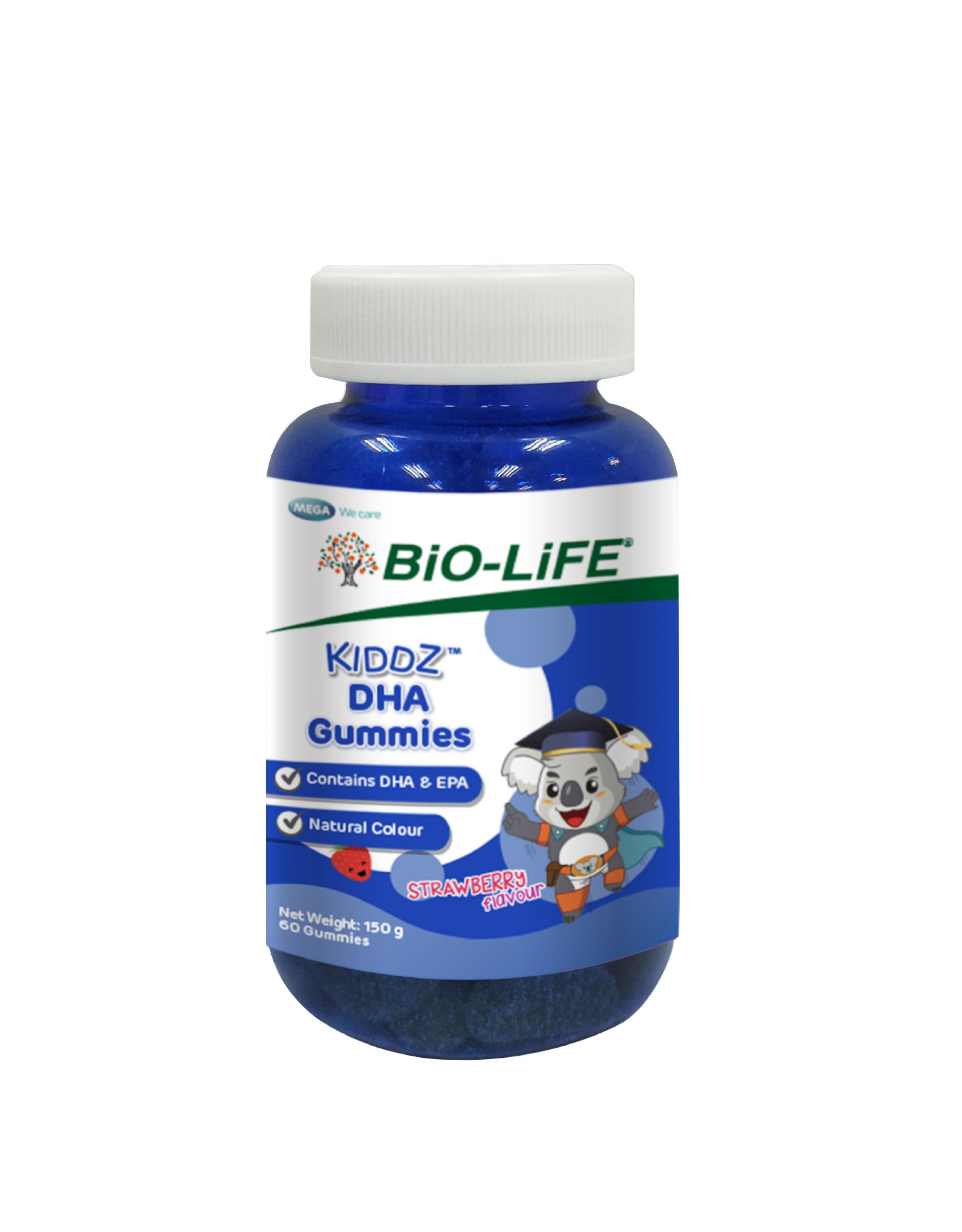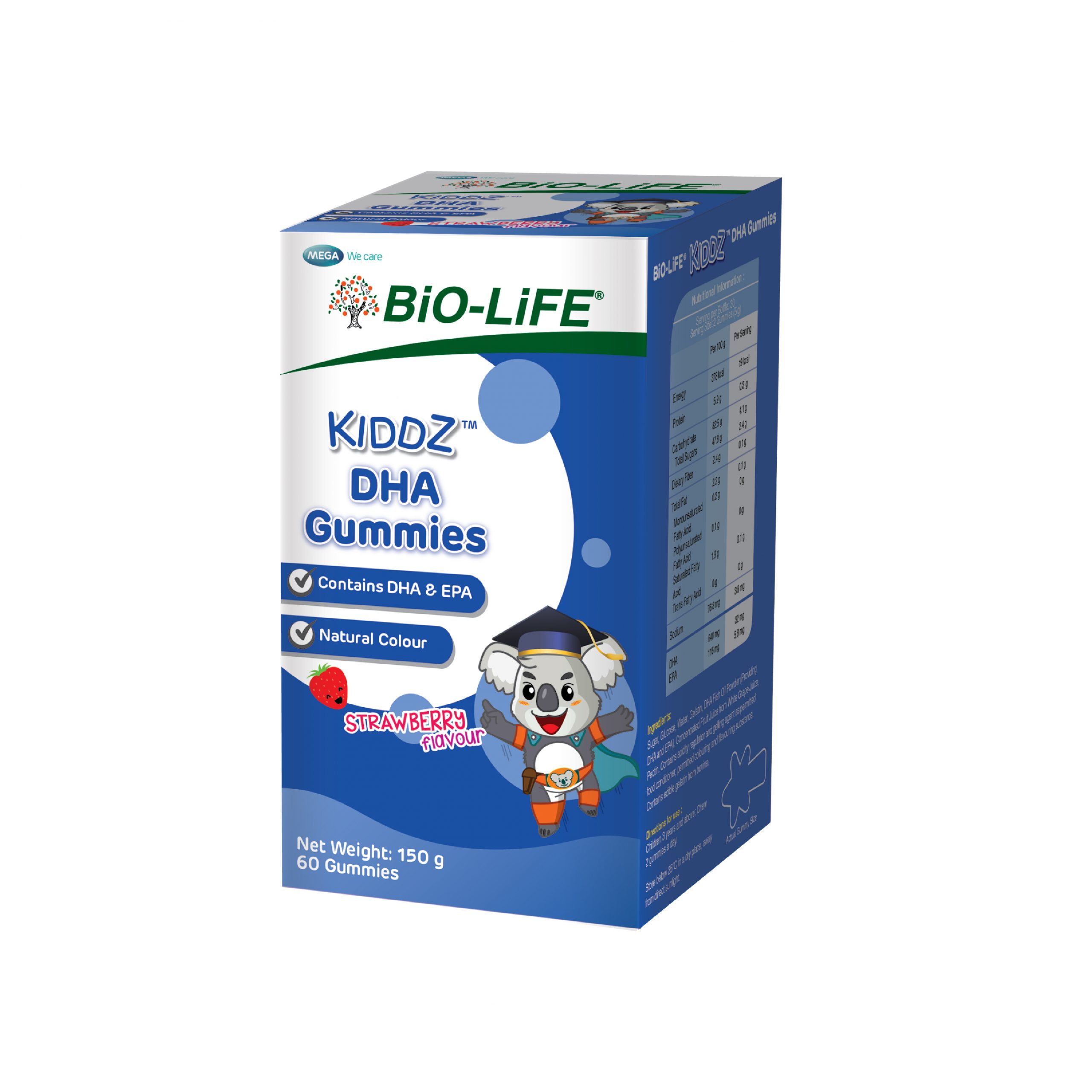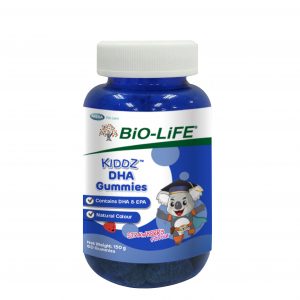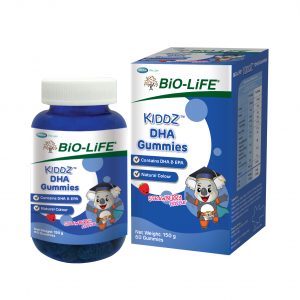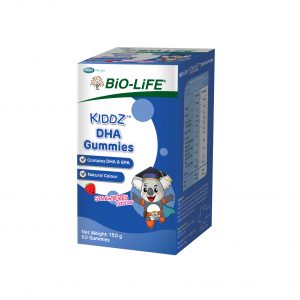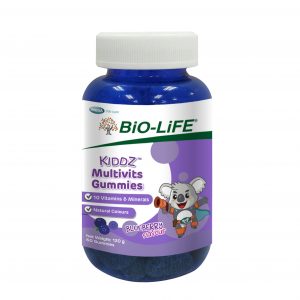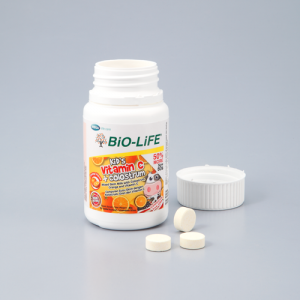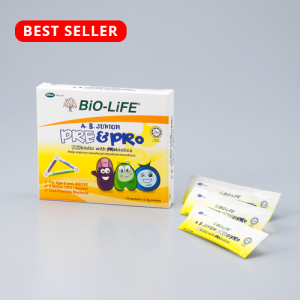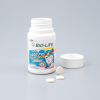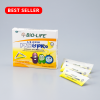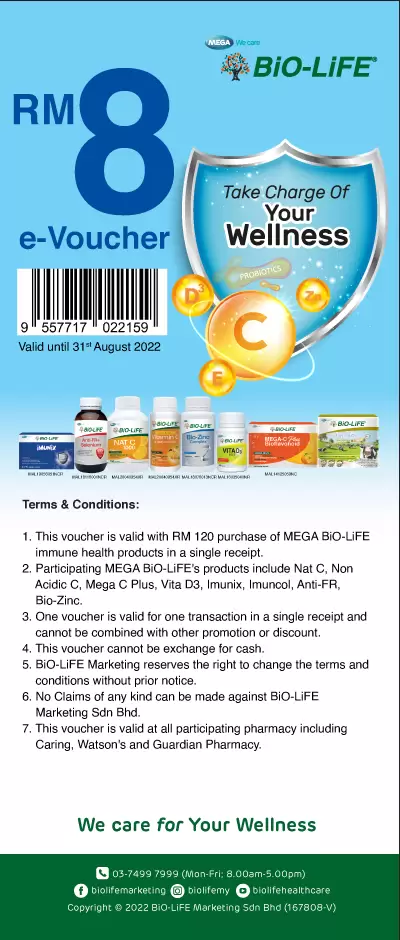What role does DHA play in children’s brain development?
- Omega-3 polyunsaturated fatty acids could benefit the cognitive development among growing children.1
- Docosahexaenoic Acid (DHA) and Eicosapentanoic Acid (EPA) are essential fatty acids that help to improve reading and behavior evident in primary school age children.1
- DHA and EPA enhance children’s concentration and learning ability by sustaining brain activity.2
Who are recommended to take DHA Gummies?
- Suitable for kids:
- Who are picky eaters.
- Who wish to improve brain development and memory
What is the recommended dosage?
- Children (3 years and above): 2 gummies daily, after meal.
What are the features of KIDDZTM DHA Gummies?
- Made with natural & tasty strawberry flavour.
- Each gummy contains 16mg DHA to support kids’ brain development.
- Fun and adorable star shape.
- Without added artificial sweetener and preservatives.
Ingredients
| Docosahexanoic acid (DHA) | 16mg |
| Eicosapentanoic acid (EPA) | 3mg |
Pack size
- 60 gummies
References
- Richardson, AJ et al. 2012. Docosahexaenoic acid for reading, cognition and behaviour in children aged 7-9 years: A randomised, controlled trial (The DOLAB study). PLUS One, 7(9).
- Schuchardt JP, Huss M, Stauss-Grabo M and Hahn A. 2010. Significance of long-chain polyunsaturated fatty acids (PUFAs) for the development and behaviour of children. European Journal of Pediatrics, 169: 149–164.

